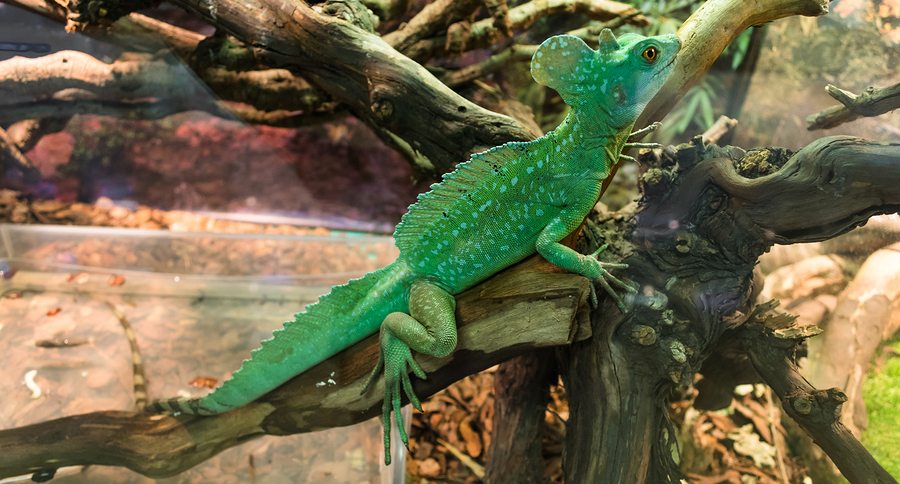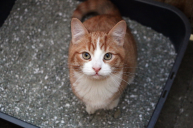Buying reptile habitat decor can get pricey.
Spending money on decorative features for reptile habitats can get frustrating when your reptile doesn't appreciate their fancy living surroundings.
You purchase these expensive plants, hides, and vines and place them very carefully in your reptile tanks. Then you spend hours making sure each tank looks welcoming and natural and, for lack of a better term, pretty.
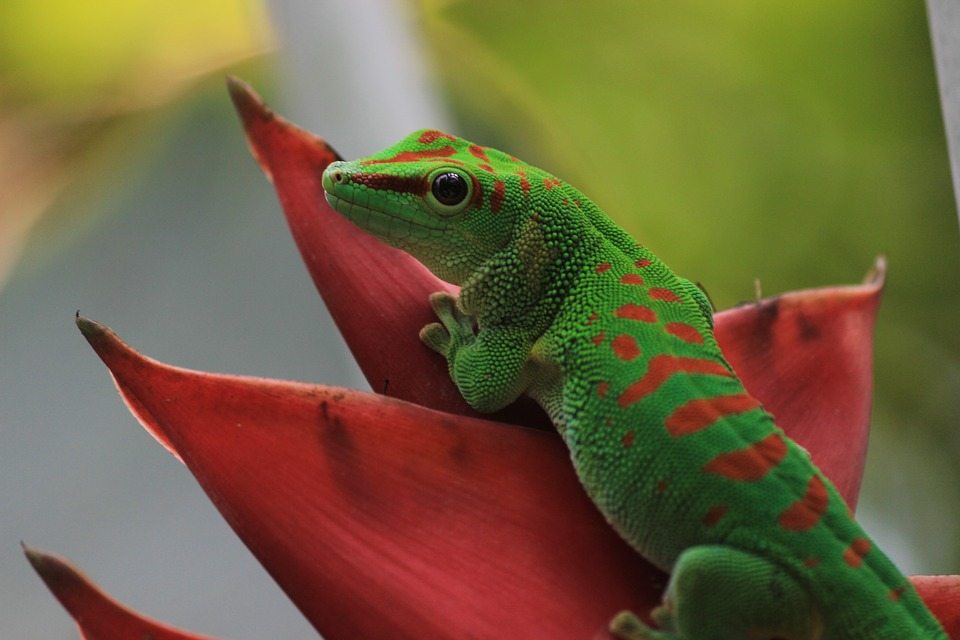
What happens next is something that all reptile keepers are all too familiar with. Those hours of hard work get ruined in seconds. The plants get toppled, the driftwood and hides get pooped on, and the substrate gets tossed all over the place. *Insert long sigh here.*
But there are are many ways for reptile owners to avoid complete frustration and a big dent in their wallets.
Check out these inexpensive DIY options for your beloved reptiles!
DIY Hammock
You will need fabric sturdy enough to hold your reptile (preferably square), dollar store suction cups, and scissors.
All you have to do is fold the fabric into a triangle and cut little openings in each corner. Ta-da! You can then hang the hammock in a corner of the tank with the suction cups.
Tip: Make multiple hammocks. That way when one inevitably gets dirty (code for pooped on), you can easily switch the hammock out for a clean one!
Inexpensive Vines
Utilize your dollar store! They usually have vine decor in their floral section. These plastic vines can be sanitized easily and fastened to the tank with suction cups (also at the dollar store).
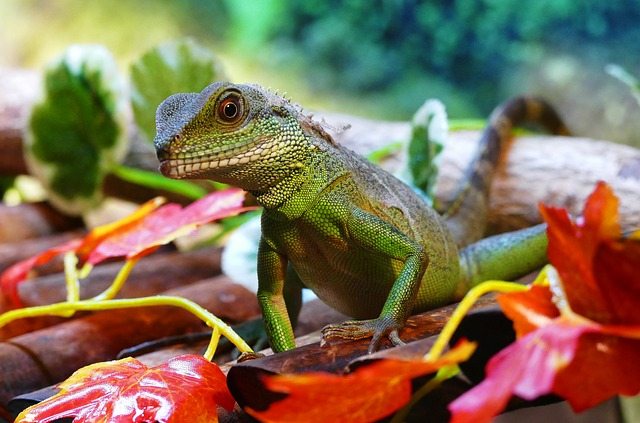
This works best for ground-dwelling reptiles. These vines can't hold excessive weight, which makes them a less viable option for arboreal reptiles.
Tip: Look for vines with no wire innards. The plastic can break after multiple uses and the wire can injure your reptile.
Creative Hides
A "hide" is just a small area for a reptile to hide in. Consider moist hides to help with shedding, and dry hides to give your reptile shelter and a place to get away and snooze.
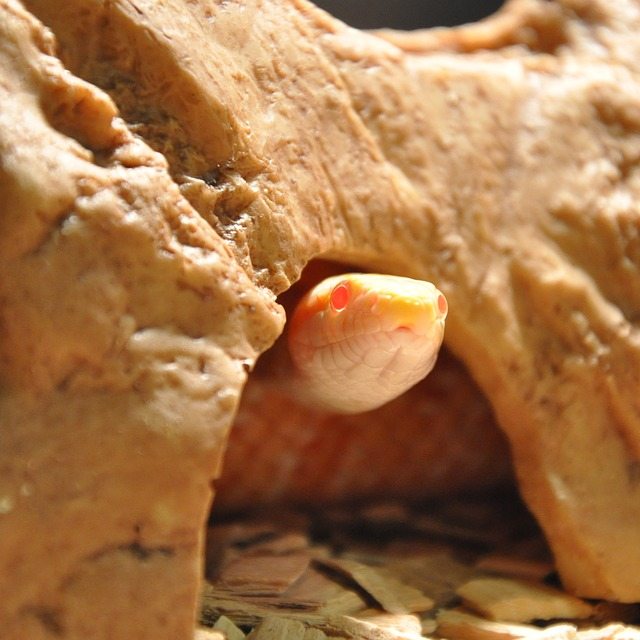
The hides in stores sometimes have a hefty price tag, but your reptile doesn't know any different. For moist hides, plastic containers with lids work well. You can cut a hole in the side or top and then fill it with wet moss or paper towels to aid with your reptile's shedding. These containers are easy to clean and sanitize when needed.
You can also use old flower pots turned on their side or old sand castle molds. Get creative!
Tip: Make sure to cover the rough edges of any holes you cut in these hides. The rough plastic edges can sometimes injure reptiles.
Bricks and Tiles
Bricks also make wonderful additions to reptile tanks with tank heating devices. The bricks retain heat, which helps reptiles with digestion and temperature regulation.
While electronic heat rocks have been found to be dangerous, bricks don't absorb enough heat for the temperature to become dangerous.
Ceramic tiles also retain some heat and are easy to clean. Make sure all edges are smooth and there are no rough spots that could injure your reptile. Also make sure you are regularly checking and monitoring temperatures to make sure your reptiles are safe.
Tip: Make sure to check temperatures and that there are no rough edges. Both of these precautions will make sure your reptile is happy, warm, and safe.
Your reptile may act like it was raised outside and may not respect your expensive terrarium, but now you can make your own habitat embellishments to replace all the stuff your beloved scaly friend ruined.
NEXT: 11 DIY Dog Toys That Are Free to Make and Way More Fun
WATCH
